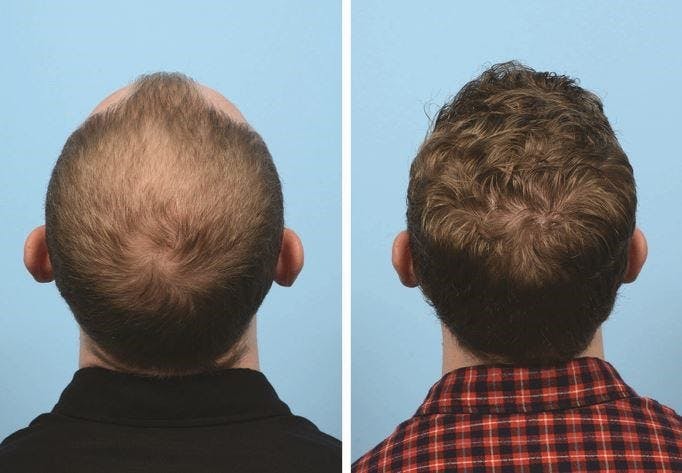Proven minimally-invasive technique, FUE, now popular for men
with pattern baldness
With proven minimally-invasive techniques now available, it has never been a better time for men to consider hair restoration, says Dr. Jeffrey Wise, founder of the Wise Institute for Hair Restoration, in Wayne, New Jersey. One technique, in particular, known as FUE (follicular unit extraction), is now becoming increasingly popular among men looking for a self-esteem boost.

How FUE works
FUE was originally developed in 2002 when experts removed hair follicles from an area on the back of the head genetically programmed to grow hair throughout life. They then transplanted the follicles to the front of the head where they grew well.
Today’s FUE technique involves transplanting thousands of individual follicle units from the donor area to the front of the head. Further refining the procedure through the years, skilled hair restoration specialists have learned to make precise “micro-cuts” (only 0.7 millimeters in size) around the follicles to minimize bleeding and to speed recovery.
These follicular units are then stored in a hypothermal solution to keep the follicle temperature at 4 degrees Centigrade, which is critical to its long-term viability. “The cold chiller we use, along with the HypoThermosol®, is the most scientifically proven way to keep the grafts healthy and thriving,” Dr. Wise says.
Patients often enjoy a complete physical transformation, Dr. Wise emphasized, as the grafts are able to grow vigorously, along with peripheral growth around the transplanted follicles, giving the areas in need a full, natural look.
“Because it’s the patient’s own hair growing in, it makes it look like the newly grown in hair was always there,” Dr. Wise says.
Advantages
Another proven and successful hair restoration technique Dr. Wise offers is called FUT (Follicular Unit Transplant), a time-tested technique also referred to as “The Strip Method.” This option involves using a linear piece cut from the occipital area that is transplanted to the front of the head. The procedure, however, is better for those who wear their hair longer to cover up the long scar often created from the linear extraction.
Both procedures offer a natural look, but FUE is preferred because it:
- Does not require stitches
- Does not leave a scar
- Heals faster than FUT
- Does not require repeat visits
“We see tremendous success with both FUT and FUE for our patients,” Dr. Wise says, “but FUE is emerging as the gold standard. With our state-of-the-art equipment and refined techniques, we’re finding hair restoration results are getting better and better, with minimal discomfort, and a faster recovery for our patients.”

